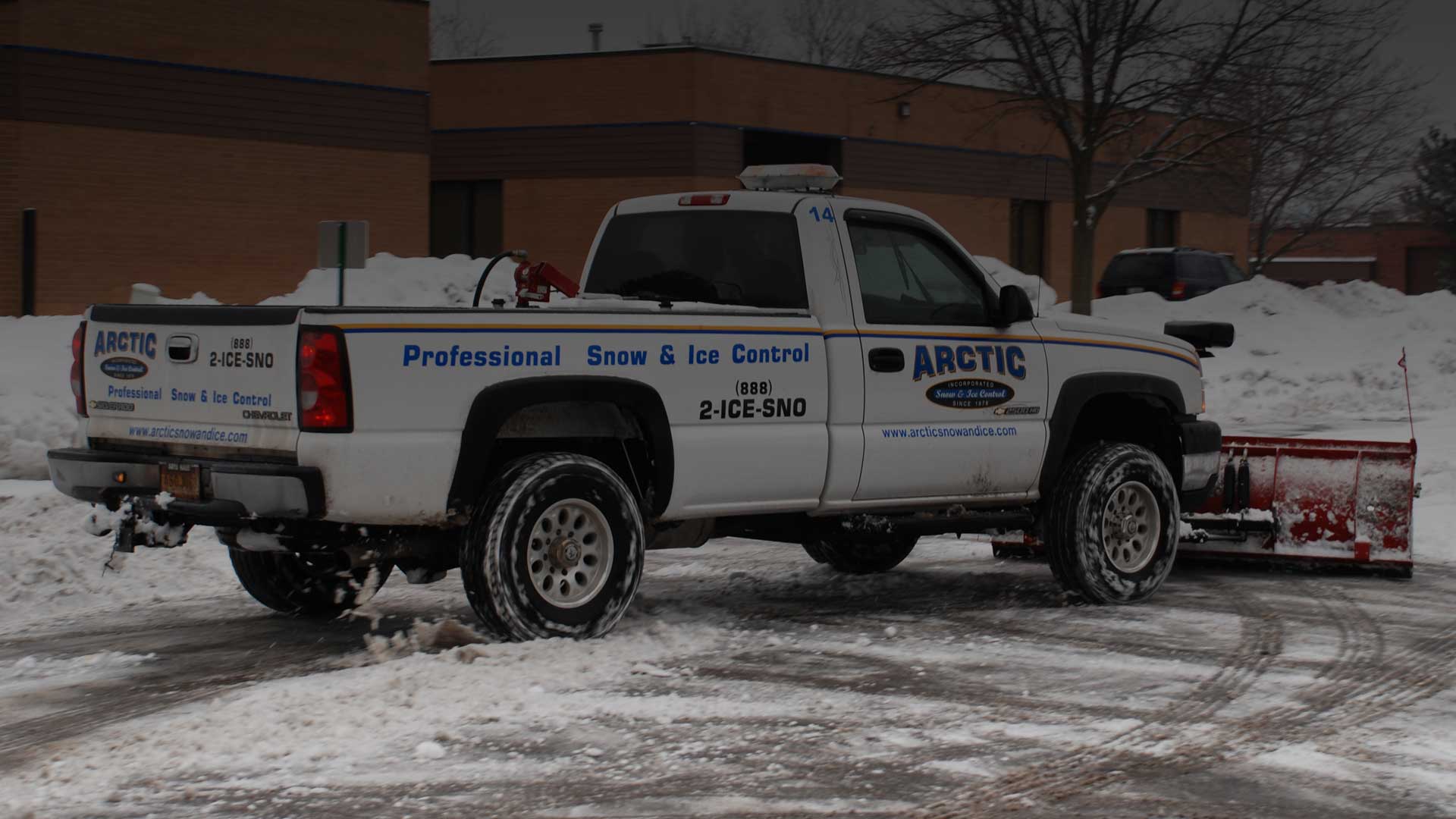
Got any questions?
A common term that is used in the snow and ice management industry that is not a realistic or reasonable property condition (also referred to as a “Slip-Free Environment” or “Slip-Free Condition”).
It is impossible to achieve bare and wet pavement at all times under all conditions. True “zero tolerance” is an unrealistic expectation, as is a snow- free environment. Those tasked with snow and ice management on any given site with a zero-tolerance parameter should strive to achieve “bare and wet” conditions on pavement and sidewalk surfaces. There is no set “trigger depth” for starting services when zero tolerance is specified and it is normally expected that service providers will start servicing with a pretreatment, and continue service as the snowfall begins, and throughout the snow event.
Call 888.2.ICE.SNO or Submit Our Request A Quote Form Here

